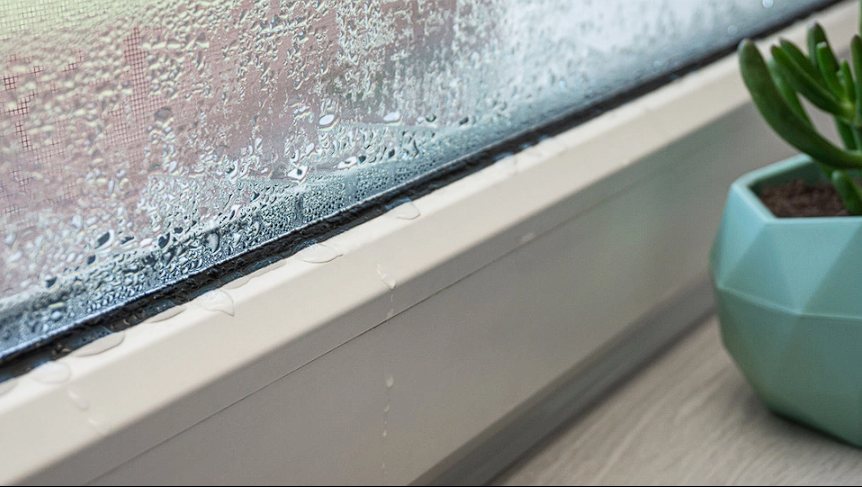The first sign of a condensation problem and what to do about it.
Others are reading now
As the air turns cooler outside, November is the ideal time when condensation issues become most apparent in homes. Property experts warn that it’s time to pay attention to condensation in your home, as unresolved condensation can lead to black mold growth.
According to Pensionist, Richardson and Starling, one of the largest building preservation companies in Scotland, warned that “the first sign of a condensation problem is water droplets accumulating on windows.” While a small amount may be normal, constant moisture on windows can be a warning sign of high humidity levels and poor ventilation.
Any wall affected by condensation could promote the growth of black mold, which typically develops in the corners of a room. Humidity can affect plaster or wallpaper, potentially causing paint to peel off the walls.
Also read
The NHS has warned that humidity and mold can lead to respiratory issues such as asthma attacks. Moreover, inhaling mold spores can cause allergic reactions, resulting in symptoms like sneezing, a runny nose, red eyes, and a skin rash.
To prevent mold growth, it’s important to address condensation issues as soon as you notice droplets on your windows. Richardson and Starling suggest improving home ventilation, checking humidity levels, and adding insulation to external walls.
Simple measures like opening windows, especially while cooking or bathing, can enhance ventilation. If you have double-glazed windows with condensation between the panes, unfortunately, it means the windows need to be replaced.
Maintaining a low, constant temperature can reduce the likelihood of condensation on windows. However, if you have a moisture problem, there might be significant structural issues that require professional help.
While a dehumidifier can help collect moisture in the air, it’s crucial to address moisture problems as soon as possible.


